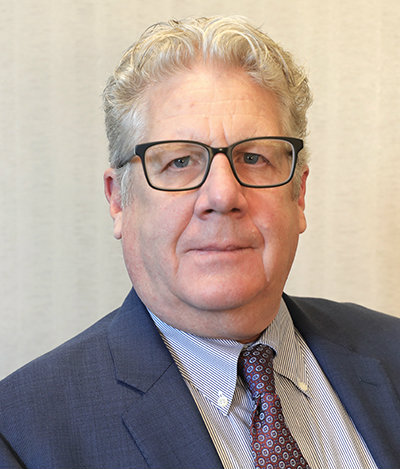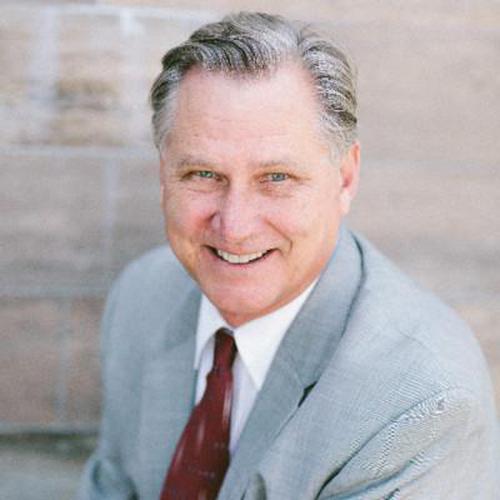Last week, the Federal Housing Administration (FHA) released a Mortgagee Letter (ML) with long-awaited reverse mortgage industry news: the lending limit for federally-backed reverse mortgages is increasing for the sixth consecutive year in a row, set to hit $970,800 in 2022. The new maximum claim amount (MCA) for FHA-insured Home Equity Conversion Mortgages (HECMs) is a pronounced rise of nearly $150,000 compared to the increase seen for the 2021 lending limit of $822,375.
The figure is in line with the higher maximum conforming loan limit announced by FHFA earlier the same day the new HECM limit was announced, and is calculated as 150% of Freddie Mac’s national conforming limit of $647,200.
To gauge the reaction of the reverse mortgage industry to the news, RMD reached out to the reverse mortgage trade association, lenders across the country and a brokerage dealing with higher-value homes to provide their thoughts about what a nearly $1 million lending limit could mean for the business, and its ability to serve borrowers in the coming year.
Association response
For the part of the National Reverse Mortgage Lenders Association (NRMLA), the new limits are seen as a recent welcome adjustment to the HECM program by FHA according to Steve Irwin, the association’s president. Considering current data indicating that senior housing wealth exceeds a collective $9.5 trillion, this only emphasizes the role housing wealth should play in a comprehensive retirement plan, Irwin says.
On top of this, the existence of a national lending limit – resulting from NRMLA’s efforts – is an essential component of the reverse mortgage business today, Irwin explains.
“The adjustment to the HECM national lending limits will better enable senior homeowners to strategically tap accumulated home equity as part of their retirement planning,” he says. “It is important to note that the single-national loan limit for HECM (as opposed to the area-by-area limits) is something that exists because of NRMLA’s advocacy efforts. NRMLA successfully persuaded Congress, and key HUD officials, that the area limits used for forward mortgages did not really make sense for HECMs.”
Area-specific lending limits make more sense for consumers aiming to purchase a home in their specific area, but a HECM has fundamentally different guiding principles, Irwin explains.
“[A] HECM is used to help a homeowner draw cash from their accumulated equity to age in place,” he says. “The costs of aging, prescription drugs, durable medical equipment, adapting a home with stair glides, etc., do not differ regionally. So a homeowner with a higher value property in an area with a low FHA loan limit should not be penalized by only being able to borrow based on [their area’s] forward mortgage loan limit.”
Lender perspectives on reverse mortgage loan limit
The ability of the reverse mortgage business to offer different choices for its borrowers has been bolstered by the announcement of the new HECM MCA, according to Joe DeMarkey, strategic business development leader at Reverse Mortgage Funding, LLC (RMF).
“The evolution of reverse mortgage product development has given consumers the ability to comparison shop for the product that best meets their needs. Having more choices in the reverse mortgage market is great for consumers, and this new HECM lending limit opens even more potential for choice,” DeMarkey says. “With this change, in 2022, more homeowners could qualify for the HECM than in 2021.”
The increased limit is good news for both loan officers and for some existing borrowers to qualify for additional proceeds through a refinance transaction. Hence, it’s also possible that the new limit will continue to fuel HECM-to-HECM refinance activity into the new year, he adds.
The optimism on the new limit is also shared by Finance of America Reverse (FAR), according to VP of Field Retail and Director of Government Relations Scott Norman.
“Given the related rise in conforming loan limits, this is an expected but encouraging development for the HECM space overall and will increase the potential for additional HECM borrowers to have more, and better, opportunities to age-in-place and thrive in their homes,” Norman told RMD. “With this drastic rise in lending limits over the last five years we’ve seen a burgeoning new segment of borrowers who are entertaining the thought of leveraging their home equity and obtaining a reverse mortgage as part of their overall retirement plan.”
The potential for industry growth stemming from the new limits is generally seen as a feather in the cap of the HECM program for 2022 from the perspective of Bruce Barnes, the recently-named managing director of the reverse mortgage division at Cherry Creek Mortgage.
“The loan limit increase is a great opportunity for our forward and reverse mortgage channels to work together to help more seniors,” Barnes tells RMD. “Cherry Creek’s distribution platform is really well-positioned to help expand the reverse mortgage market given these increases.”
Few lenders elected to discuss the potential impact that a lending limit of nearly $1 million will have on any proprietary reverse mortgage business they’re engaged in, but for Barnes and Cherry Creek, the new limit is not expected to have a significant impact on its proprietary activities.
“I don’t believe it really cuts into proprietary,” Barnes said. “Average loan sizes for proprietary are close to a million dollars. So having a max claim of $970,800 is not really going to impact that market.”
Broker activity, proprietary loans
However, for at least one broker, which primarily operates in areas with higher-value homes, proprietary loans have become a significant portion of origination volume. This is the case with the C2 Reverse division of C2 Financial, according to its National Manager Scott Harmes.
“We have found that for many borrowers, it is important to present both HECM and jumbo options since HECMs have lower rates but jumbos are much less expensive at closing,” Harmes tells RMD. “At the 2021 FHA Lending Limit of $822,375, we found that for any homeowners with a value of around $900,000 to $1,000,000, an analysis showing both HECM and jumbo options was warranted. With the 2022 FHA Lending Limit at $970,800, that will move this value range for our “HECM + Jumbo Options Review” up to $1,050,000 to $1,200,000.”
The higher limit on the HECM side and continued development and evolution of proprietary products make for a borrower segment that can benefit from both occurrences simultaneously in C2’s case, Harmes says.
“The significant increase in home values over the last few years, and the impact of the pandemic, [have made] aging in place a more common and important priority,” Harmes says. “This increase in the 2022 FHA lending limit and the continued maturation of the proprietary selection of reverse programs make the opportunity for senior homeowners to tap home equity for a more stable retirement greater than ever.”
Look for additional perspectives on the rise in the HECM lending limit from industry participants on RMD in the coming days. Read ML 2021-29 for the official document raising the 2022 HECM lending limit.





